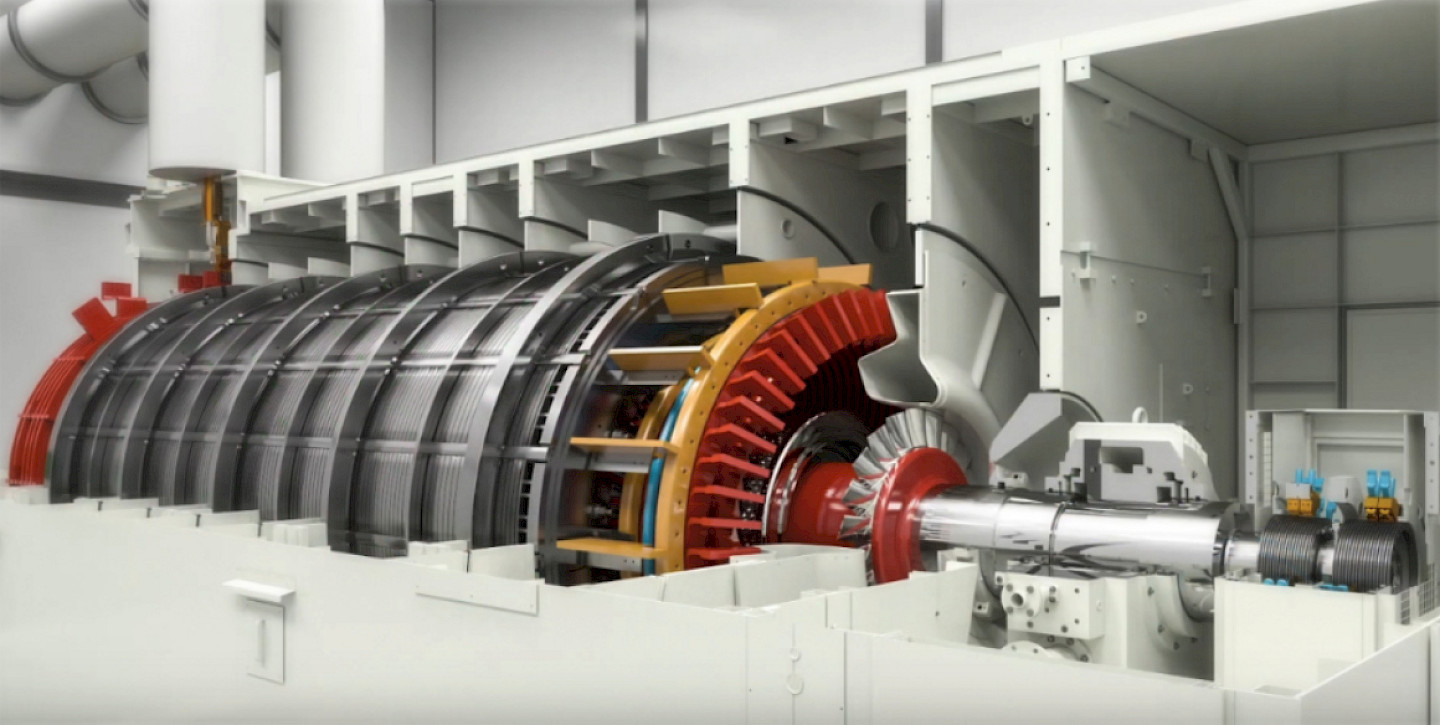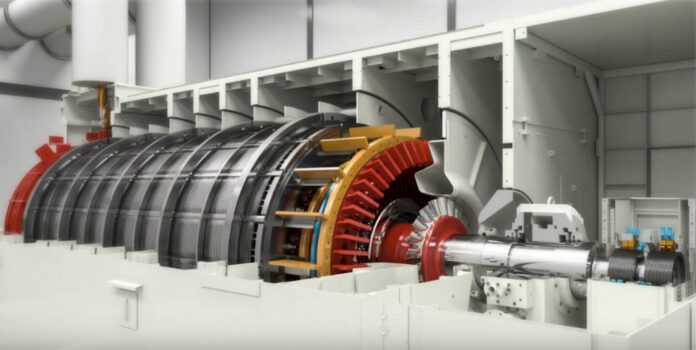The major electricity failure suffered by Spain and Portugal in April this year focused attention on the importance of maintaining stability in national electricity grids.
Stability services are vital for the safe and secure operation of the electricity network. Traditionally, stability requirements (inertia and short circuit level) have been provided by synchronous generation as a natural by-product of creating electricity. As more renewable assets connect to the network, which do not have this inherent capability, grid operators needs alternative sources of stability.
Since 2019, NESO, the UK’s national energy system operator, has used “pathfinders” to test the feasibility of a future commercial market for procuring stability services. There have been three stability pathfinders:
- Pathfinder 1 contracted 12 separate providers of inertia – all synchronous condensers;
- Pathfinder 2 focused on procuring short-circuit level in Scotland, thus expanding the range of possible providers. Of the ten contracts awarded, five went to battery energy storage equipped with new grid forming inverter technology, whilst the remaining five went, again, to synchronous condensers; and
- Pathfinder 3 focused on increasing levels of inertia and short-circuit level within England and Wales and, like Pathfinder 1, was only open to providers of physical inertia so synchronous condensers won all 29 contracts available in this Pathfinder auction.
Following on from the success of these pathfinders, NESO recently launched a long-term grid stability tender process (“LT2029”). LT2029 covers a 10-year contract period (April 2029 to March 2039).
NESO will offer availability-based, CPI-linked payments under a regulated contract model. Revenue will be contingent on meeting minimum availability thresholds (typically 90%+), with penalties for non-compliance.
As a result, successful projects will offer an attractive, low-risk investment opportunity for senior debt and equity providers during the period of the contract with NESO.
Over the past three years, Newbridge has secured, on behalf of clients, c.£3.5bn of credit-approved, non-recourse senior debt commitments to support availability-based projects.
We’d be delighted to discuss how we could use this experience to help developers / investors in grid stability services.




